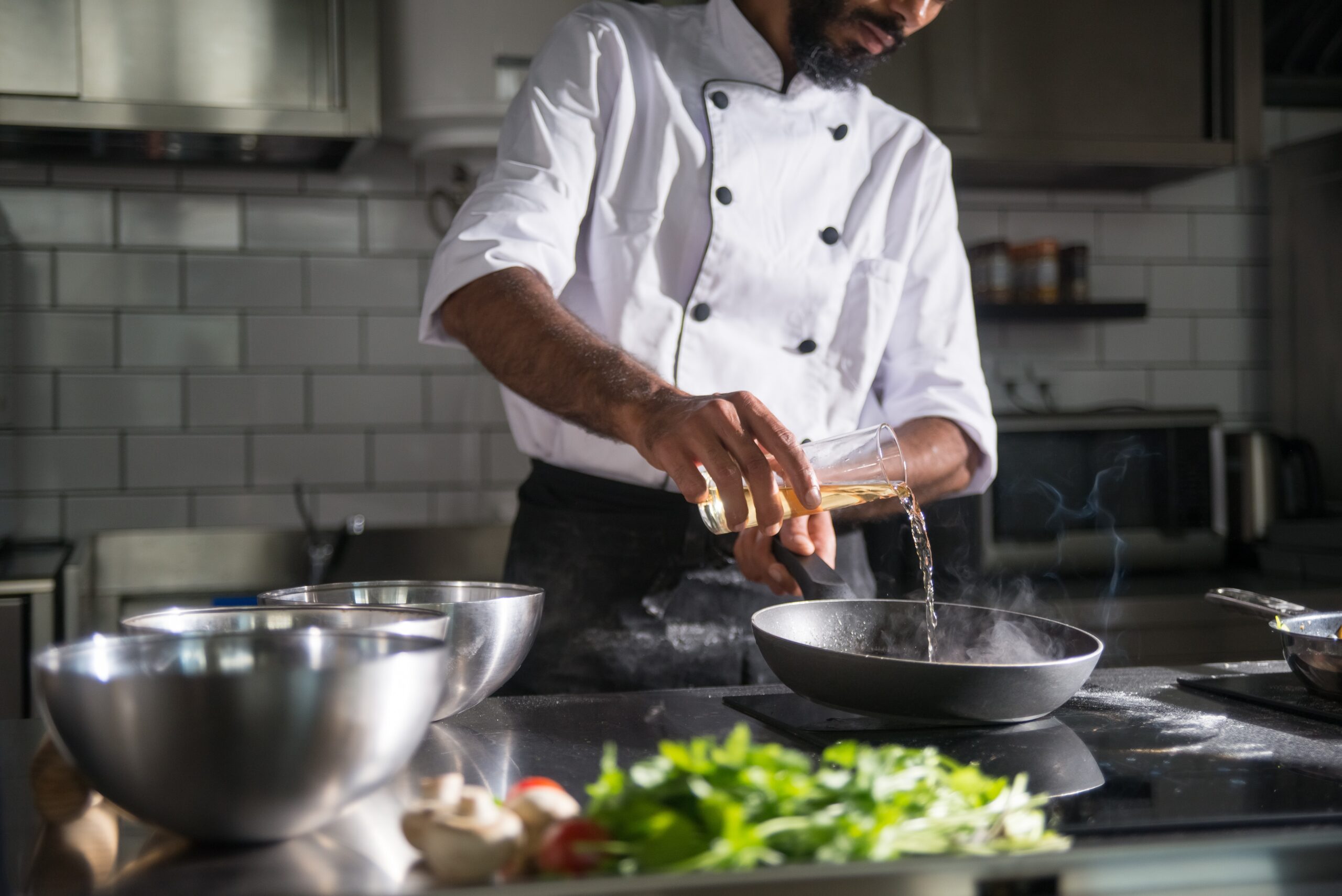
Kitchen, Bar Management, Inventory, Management, Recipes, Restaurant Management
Mastering Recipe Costing: Best Practices and Tools for Success
By Brennan McIntyre

By Brennan McIntyre
Recipe costing is a crucial aspect of running a successful restaurant. By accurately calculating the cost of each menu item, restaurant owners and managers can make informed decisions, optimize pricing strategies, and ensure profitability. In this blog post, we will delve into the best practices and tools for mastering recipe costing in the culinary world.
Start by standardizing your recipes to ensure consistency and accurate costing. Clearly define the ingredients, quantities, measurements, and preparation methods for each menu item. This standardization lays the foundation for effective recipe costing and allows for easy adjustments and scaling. Check out one of our blog recipes and see if it’s a good fit for your business.
Assign costs to each ingredient used in a recipe. Keep an updated database of ingredient prices, taking into account factors such as seasonality and supplier variations. Consider direct costs, such as the purchase price, as well as indirect costs like shipping and storage expenses. Regularly review and update ingredient costs to maintain accuracy. Check out BevSpots Recipe Cost Calculator.
Take into account the yield or portion size when costing a recipe. Calculate the quantity of the final product that each recipe generates. This information is crucial for accurately determining ingredient costs per serving and enables better cost control and portion management.
Account for waste and loss when calculating recipe costs. Some ingredients may have trimmings, peels, or other portions that are not used in the final dish. Estimate and include these factors in your calculations to ensure more accurate costing and avoid underestimating costs.
In addition to ingredient costs, consider overhead costs when costing recipes. Overhead costs include expenses such as labor, utilities, rent, and equipment depreciation. Allocate a portion of these costs to each recipe based on factors like preparation time and equipment usage.
Leverage technology and utilize recipe costing tools to streamline the process. Recipe costing software or spreadsheets can automate calculations, track ingredient costs, and provide comprehensive cost breakdowns. These tools save time, reduce errors, and provide valuable insights into the cost structure of your recipes.
Conduct regular cost analysis to monitor recipe profitability and identify areas for improvement. Compare actual costs against projected costs to identify any discrepancies or cost overruns. This analysis helps you make informed decisions about pricing, ingredient sourcing, and menu optimization.
Regularly review and adjust menu prices based on recipe costs, market trends, and customer preferences. Striking the right balance between profitability and competitive pricing is crucial. Consider the impact of price changes on customer demand and evaluate the potential effect on overall revenue.
Efficient inventory management and supplier relationships contribute to accurate recipe costing. Implement inventory control systems to track ingredient usage, minimize waste, and identify discrepancies. Establish relationships with reliable suppliers who offer competitive pricing and ensure consistent quality.
Educate your staff about the importance of recipe costing and involve them in the process. Provide training on portion control, waste management, and cost-conscious practices. Encourage open communication and feedback from the kitchen team to identify cost-saving opportunities and improve overall efficiency.
Mastering recipe costing is essential for restaurant success. By following best practices such as standardizing recipes, assigning ingredient costs, factoring in waste and overhead expenses, utilizing technology tools, and conducting regular cost analysis, you can make informed decisions and optimize profitability. Effective recipe costing empowers you to price your menu items strategically, control costs, and achieve long-term financial stability in the competitive culinary industry.
Schedule 15mins to chat with a product specialist
Start a FREE Trial Today! BevSpot offers full product education and account setup for all customers! No card Information needed!